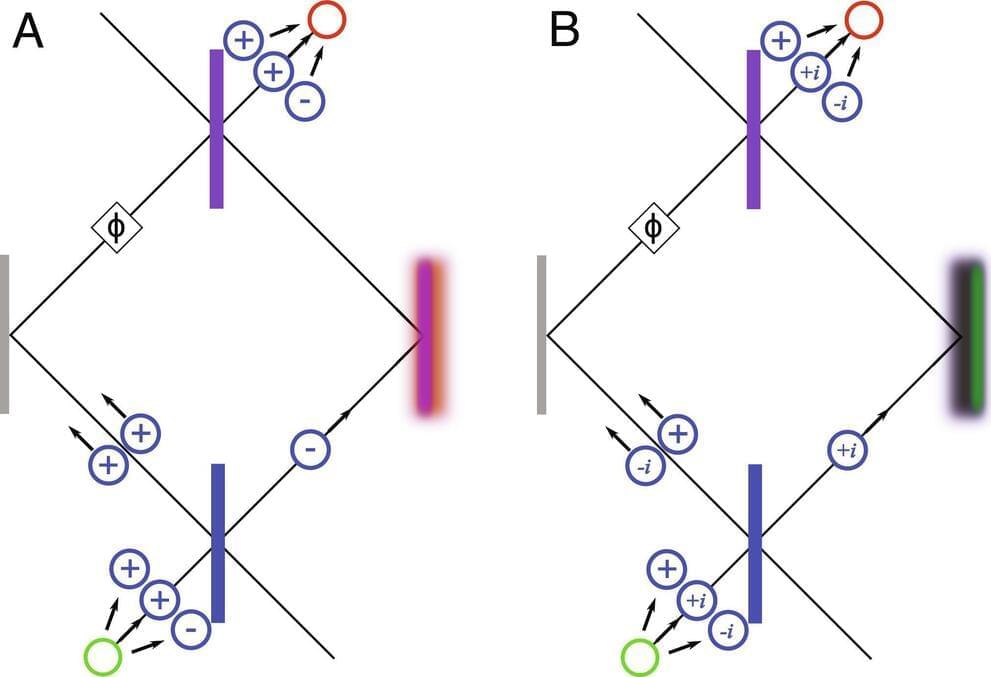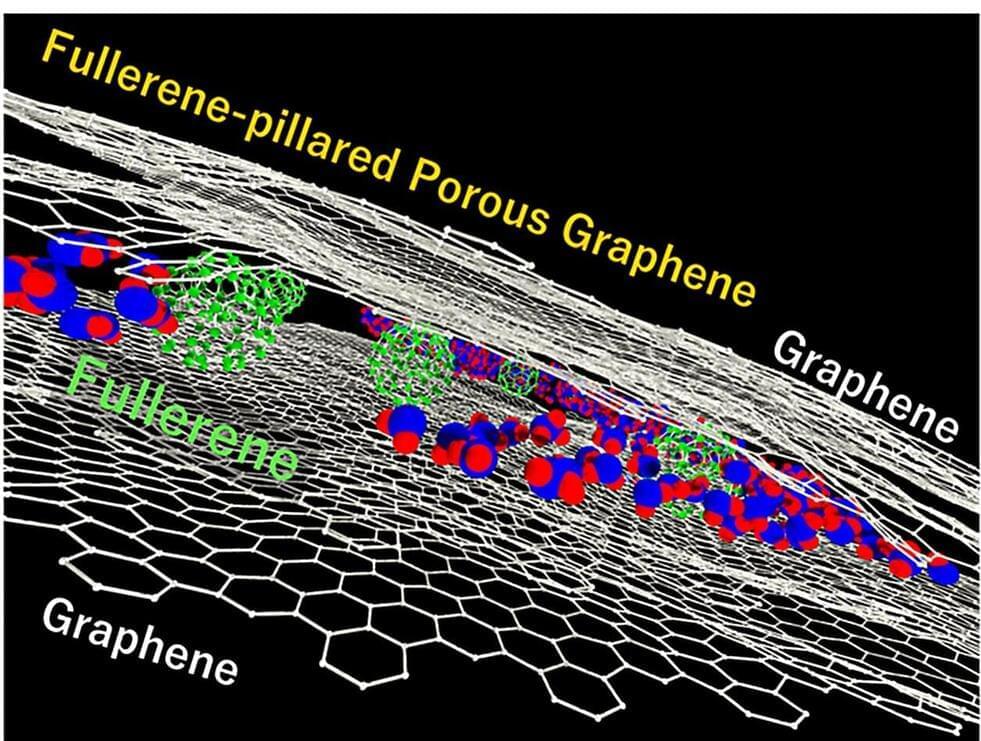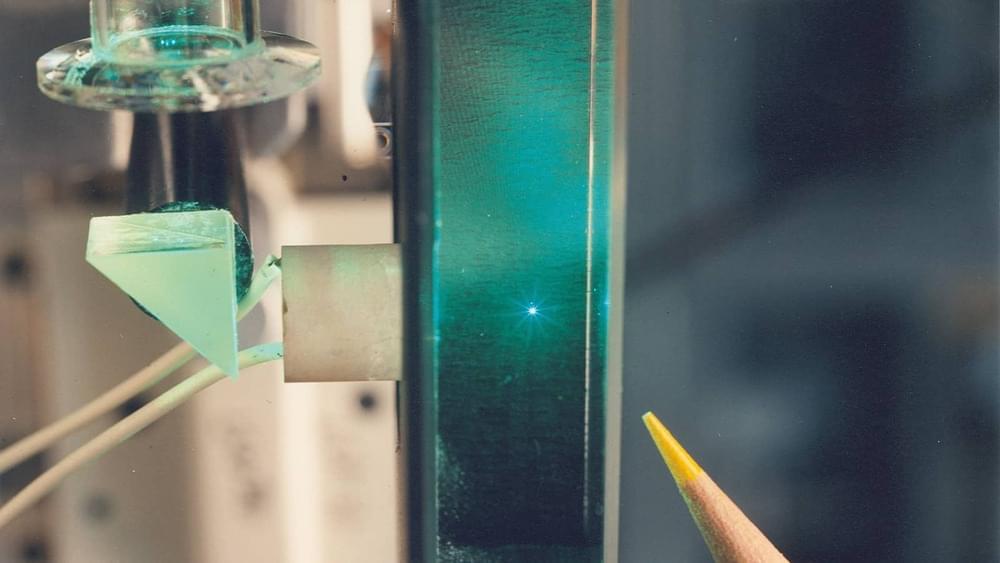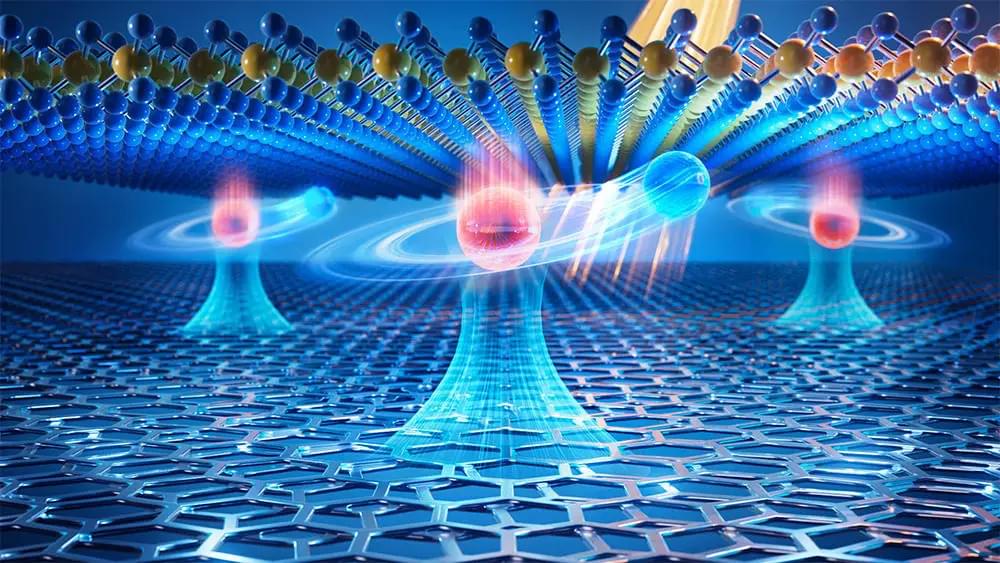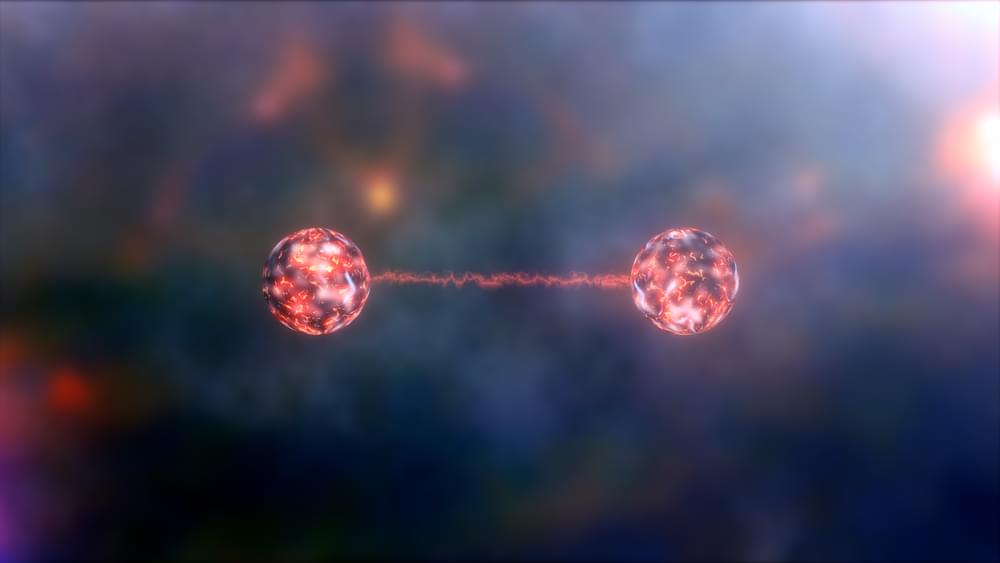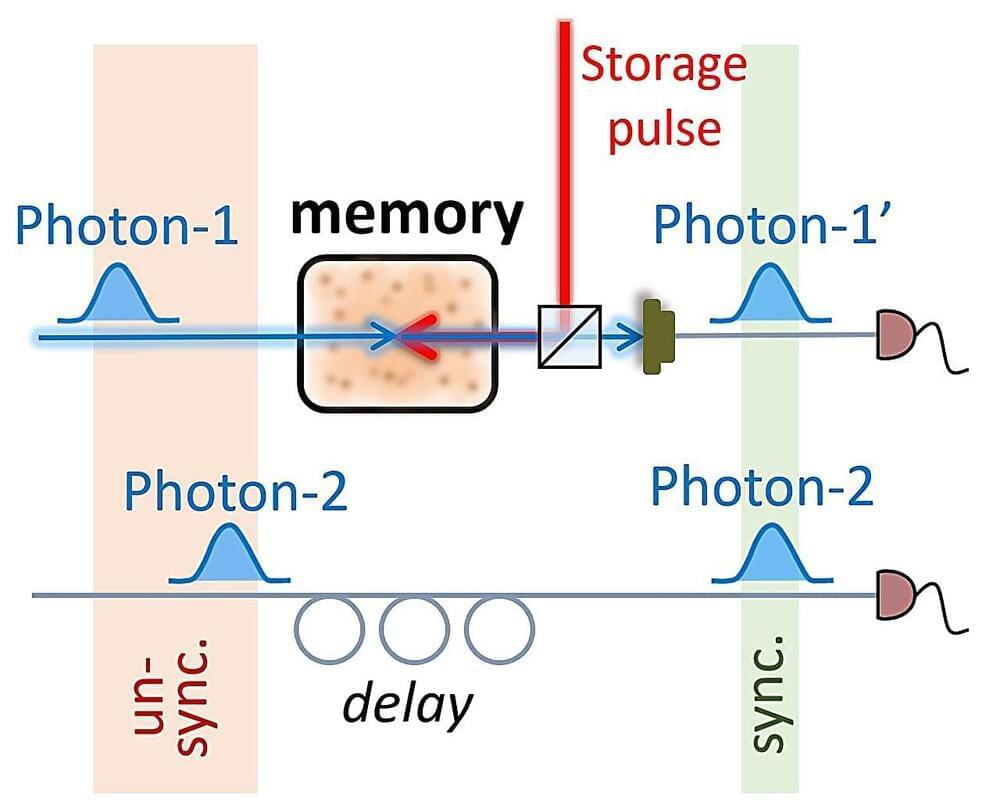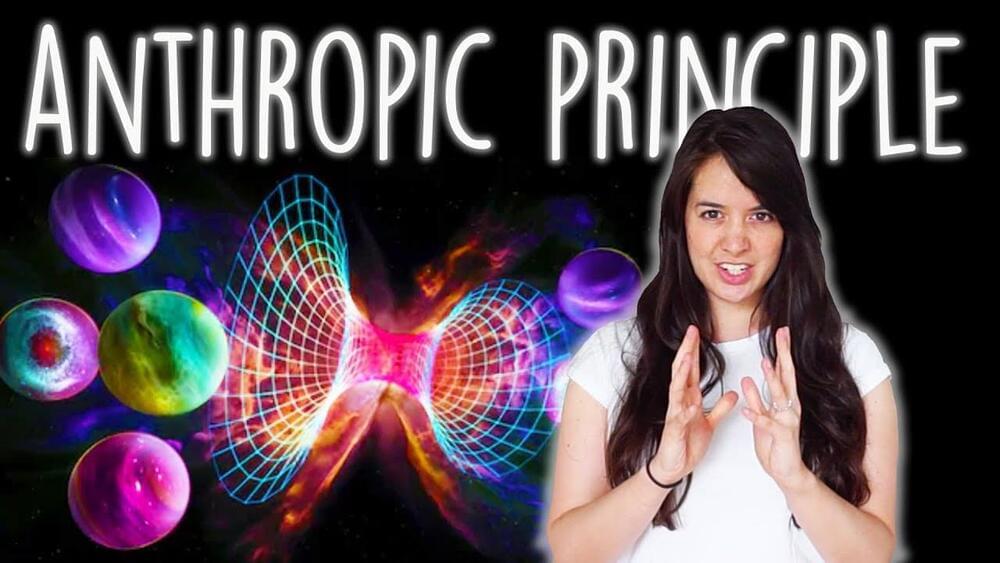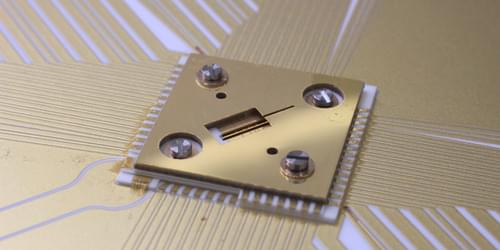Aug 1, 2023
Quantum reality with negative-mass particles
Posted by Paul Battista in categories: particle physics, quantum physics
Physical interpretations of the time-symmetric formulation of quantum mechanics, due to Aharonov, Bergmann, and Lebowitz are discussed in terms of weak values. The most direct, yet somewhat naive, interpretation uses the time-symmetric formulation to assign eigenvalues to unmeasured observables of a system, which results in logical paradoxes, and no clear physical picture. A top–down ontological model is introduced that treats the weak values of observables as physically real during the time between pre-and post-selection (PPS), which avoids these paradoxes. The generally delocalized rank-1 projectors of a quantum system describe its fundamental ontological elements, and the highest-rank projectors corresponding to individual localized objects describe an emergent particle model, with unusual particles, whose masses and energies may be negative or imaginary. This retrocausal top–down model leads to an intuitive particle-based ontological picture, wherein weak measurements directly probe the properties of these exotic particles, which exist whether or not they are actually measured.
